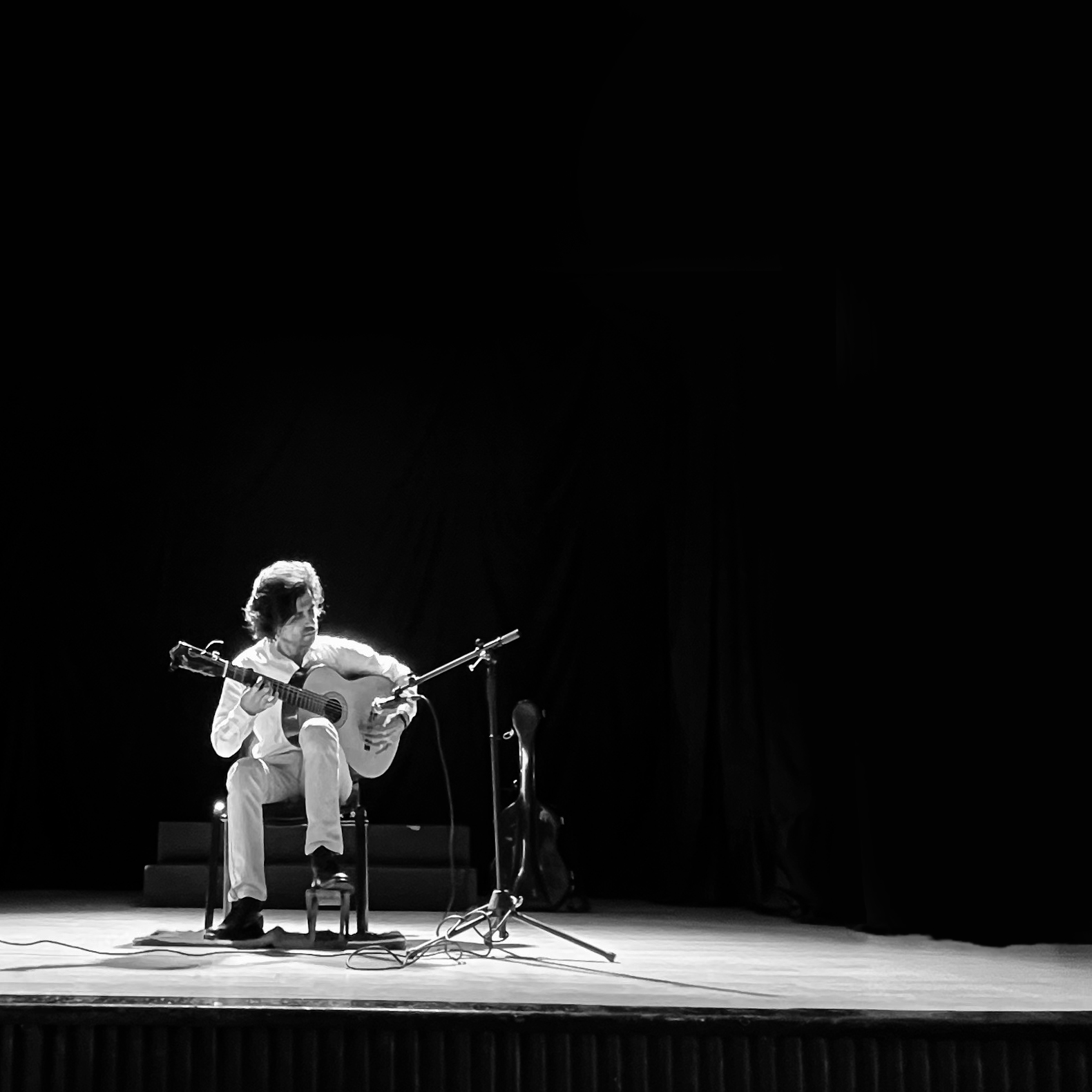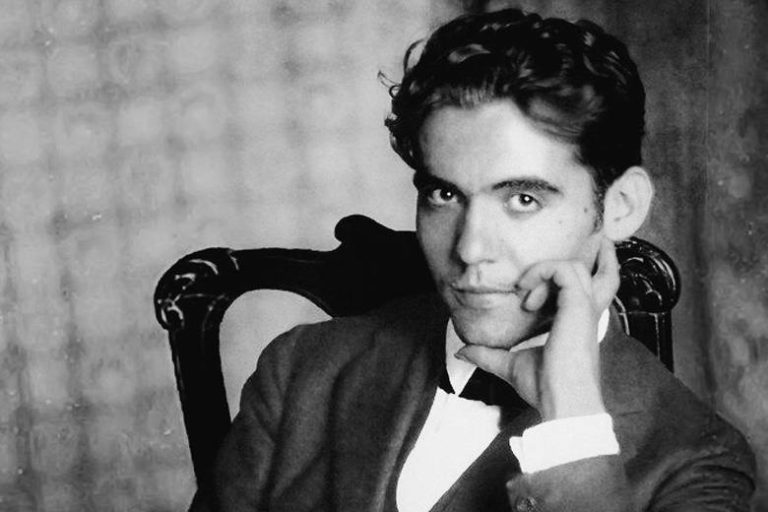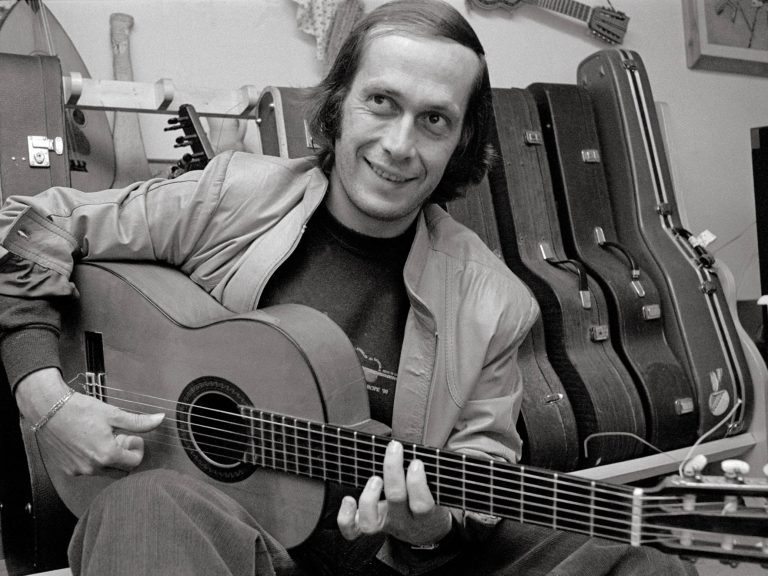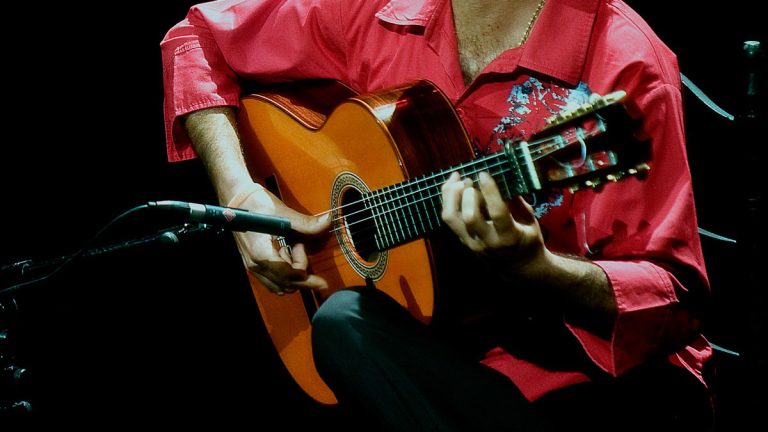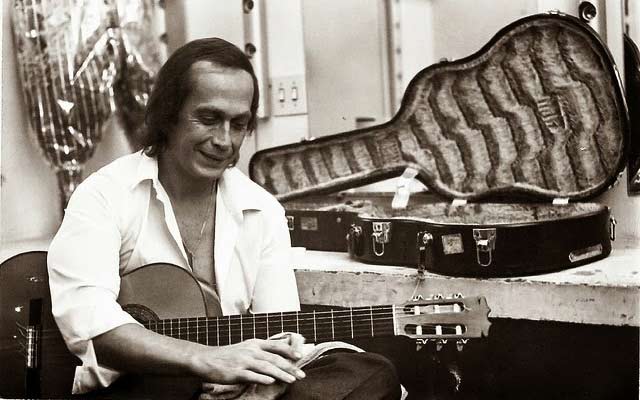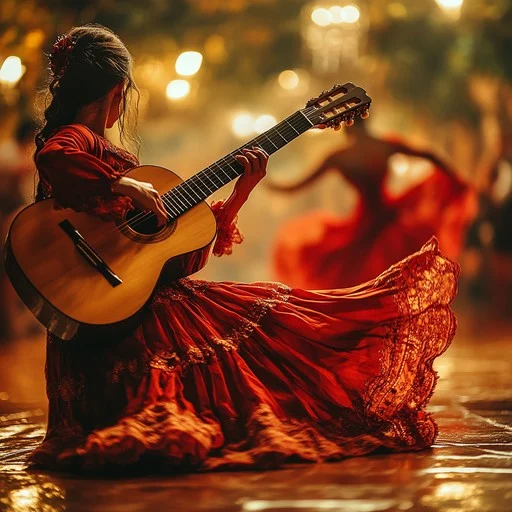Flamenco concert guitar
Flamenco Concert Guitar History: From Accompaniment to Solo Concert Instrument
Introduction
Flamenco guitar is one of the most expressive and technically demanding musical traditions in the world. Rooted in the cultural melting pot of Andalusia, Spain, it has evolved from a simple rhythmic accompaniment for singers and dancers into a sophisticated solo concert art form. This article explores the rich history of flamenco guitar, focusing on its origins, its golden age, and the pivotal Flamenco Guitar Revolution that transformed it into a standalone concert instrument.
The Origins of Flamenco Guitar
Flamenco music emerged in the late 18th and early 19th centuries in Andalusia, influenced by a mix of Gypsy (Roma), Moorish, Jewish, and Spanish folk traditions. Initially, flamenco was primarily vocal, with handclaps (palmas), foot stomping (zapateado), and rudimentary guitar playing providing rhythm and harmony.
The earliest guitars used in flamenco were similar to Baroque guitars but gradually evolved into the modern flamenco guitar, which is lighter and more percussive than the classical guitar. The flamenco guitar’s distinctive sound comes from its golpe (tapping on the soundboard), rapid rasgueado (strumming), and intricate picado (scale runs).
The Golden Age of Flamenco (1860–1910): Guitar as an Accompaniment
During the Golden Age of Flamenco (La Edad de Oro), flamenco flourished in cafés cantantes—small venues where singers, dancers, and guitarists performed. The guitar was still mainly an accompanying instrument, supporting the cante (singing) and baile (dancing). However, guitarists like Paco de Lucena and Javier Molina began developing more complex techniques, laying the groundwork for flamenco guitar’s future as a solo art.
Key Guitarists of the Golden Age:
Paco de Lucena (1855–1898) – Known for his virtuosic playing, he introduced new melodic and rhythmic ideas.
Javier Molina (1868–1956) – A foundational figure in modern flamenco technique.
Despite their innovations, the guitar remained secondary to singing and dancing during this period.
The Flamenco Guitar Revolution: Birth of the Solo Concert Guitar
The early 20th century marked the beginning of the Flamenco Guitar Revolution, when the instrument broke free from its traditional role and became a solo concert attraction. This shift was driven by several key factors:
- Ramón Montoya and the Rise of Solo Flamenco Guitar
Ramón Montoya y Salazar (1880–1949) is one of the most pivotal figures in flamenco history. Often called the “father of modern flamenco guitar,” he revolutionized the instrument by elevating it from a mere accompaniment for singers and dancers to a sophisticated solo art form. His innovations in technique, composition, and performance laid the foundation for all future flamenco guitarists, including legends like Sabicas and Paco de Lucía.
Early Life and Background
Born in Madrid in 1880, Ramón Montoya grew up in a Gitano (Roma) family deeply rooted in flamenco culture. His uncle, “El Moreno,” was a well-known guitarist, and young Ramón began playing at an early age. By his teens, he was already performing in cafés cantantes—the vibrant flamenco venues of late 19th-century Spain.
Unlike many guitarists of his time, Montoya was not just a rhythmic accompanist; he studied classical guitar techniques, which he later fused with traditional flamenco styles. This hybrid approach set him apart and allowed him to develop a more refined, virtuosic playing style.
He revolutionized the instrument by:
Introducing classical guitar techniques (such as arpeggios and tremolo) into flamenco.
Composing original solo pieces, moving beyond traditional accompaniment.
Performing in concert halls, elevating flamenco guitar to a respected art form.
Montoya’s 1936 recording of “Rondeña” is considered one of the first major solo flamenco guitar pieces.
1. Ramón Montoya and the Rise of Solo Flamenco Guitar
Ramón Montoya y Salazar (1880–1949) is one of the most pivotal figures in flamenco history. Often called the “father of modern flamenco guitar,” he revolutionized the instrument by elevating it from a mere accompaniment for singers and dancers to a sophisticated solo art form. His innovations in technique, composition, and performance laid the foundation for all future flamenco guitarists, including legends like Sabicas and Paco de Lucía.
Early Life and Background
Born in Madrid in 1880, Ramón Montoya grew up in a Gitano (Roma) family deeply rooted in flamenco culture. His uncle, “El Moreno,” was a well-known guitarist, and young Ramón began playing at an early age. By his teens, he was already performing in cafés cantantes—the vibrant flamenco venues of late 19th-century Spain.
Unlike many guitarists of his time, Montoya was not just a rhythmic accompanist; he studied classical guitar techniques, which he later fused with traditional flamenco styles. This hybrid approach set him apart and allowed him to develop a more refined, virtuosic playing style.
He revolutionized the instrument by:
Introducing classical guitar techniques (such as arpeggios and tremolo) into flamenco.
Composing original solo pieces, moving beyond traditional accompaniment.
Performing in concert halls, elevating flamenco guitar to a respected art form.
Montoya’s 1936 recording of “Rondeña” is considered one of the first major solo flamenco guitar pieces.
Montoya’s Revolutionary Contributions to Flamenco Guitar
- Transition from Accompanist to Soloist
Before Montoya, flamenco guitarists primarily served as accompanists for singers (cante) and dancers (baile). While some played short solos (falsetas), the idea of a full flamenco guitar concert was unheard of.
Montoya changed this by:
Composing standalone pieces (like Rondeña and Soleares).
Performing in theaters and concert halls, not just taverns and cafés.
Developing a concert repertoire, proving flamenco guitar could hold an audience’s attention alone.
- Technical Innovations
Montoya introduced classical guitar techniques into flamenco, expanding its expressive range:
Arpeggios – Previously rare in flamenco, he used them for melodic richness.
Tremolo – Borrowed from classical guitar, he adapted it for flamenco’s emotional intensity.
Harmonic sophistication – He incorporated more complex chords, moving beyond simple por arriba (A-phrygian) and por medio (E-phrygian) positions.
- Collaboration with Singers and Influence on Future Generations
Montoya accompanied legendary singers like Antonio Chacón and La Niña de los Peines, helping shape the “Golden Age of Flamenco” (c. 1860–1910). His refined accompaniment style influenced later guitarists, who saw him as a bridge between traditional and modern flamenco.
2. Sabicas and the Globalization of Flamenco Guitar
Sabicas (1912–1990) took flamenco guitar to international audiences. Exiled during the Spanish Civil War, he popularized flamenco in the Americas and Europe. His contributions include:
Ultra-fast picado (scale runs) and clean articulation.
Expanding flamenco’s repertoire with new compositions.
Collaborating with jazz and classical musicians, proving flamenco’s versatility.
- Niño Ricardo and the Evolution of Flamenco Technique
Niño Ricardo (1904–1972) further refined flamenco technique, influencing future generations. His unique falsetas (melodic variations) and rhythmic innovations became essential to modern flamenco.
Paco de Lucía: The Ultimate Flamenco Revolutionary
No discussion of flamenco guitar history is complete without Paco de Lucía (1947–2014), the most influential flamenco guitarist of all time. His contributions include:
- Fusion and Modernization
Paco blended flamenco with jazz, classical, and world music. His collaborations with John McLaughlin and Al Di Meola (in the “Friday Night in San Francisco” album) brought flamenco to a global audience.
- Technical Mastery
He perfected techniques like:
Alzapúa (thumb technique for fast melodies).
Ligado (hammer-ons and pull-offs for fluidity).
Complex compás (rhythmic structures).
- Establishing Flamenco Guitar as a Solo Concert Instrument
Paco’s 1981 composition “Entre Dos Aguas” became a worldwide hit, proving that flamenco guitar could stand alone without singing or dancing. His concerts were structured like classical recitals, with a full repertoire of solo pieces.
Modern Flamenco Guitar: Innovation and Tradition
Today, flamenco guitar continues to evolve, with artists pushing boundaries while respecting tradition.
Key Modern Guitarists:
Vicente Amigo – Blends flamenco with world music.
Tomatito – Known for his expressive melodies.
Gerardo Núñez – Innovator in jazz-flamenco fusion.
Rafael Riqueni – Combines classical and flamenco styles.
Flamenco Guitar in Contemporary Music
Flamenco guitar now appears in:
Film soundtracks (“The Mask of Zorro”).
Pop and rock music (collaborations with Rodrigo y Gabriela).
Classical crossover projects.
Conclusion: The Legacy of Flamenco Guitar
From its humble beginnings as an accompaniment for singers and dancers, the flamenco guitar has undergone a revolution, becoming one of the most respected solo instruments in the world. Pioneers like Ramón Montoya, Sabicas, and Paco de Lucía transformed it into a concert art form, while modern players continue to innovate.
The history of flamenco guitar is a story of cultural fusion, technical brilliance, and artistic freedom. Whether in a traditional peña flamenca or on a global concert stage, the flamenco guitar remains a powerful symbol of Spanish musical heritage.

